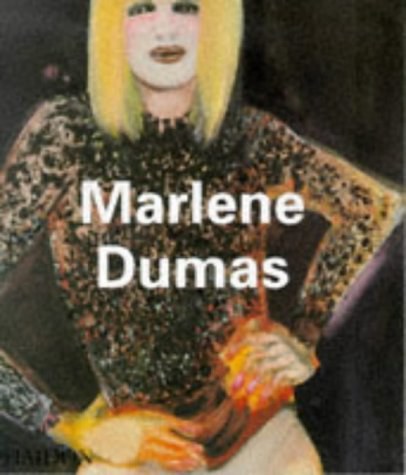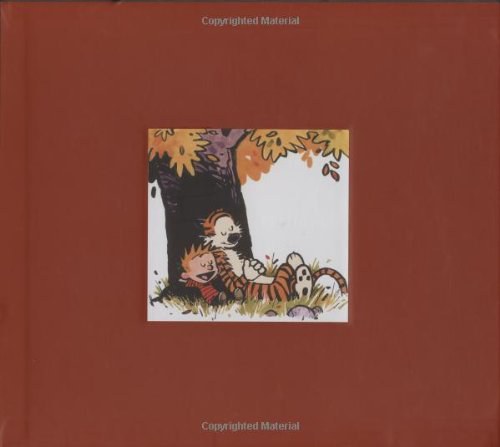
《Matlab for Neuroscientists》书籍《Matlab for Neuroscientists》
作者:《Matlab for Neuroscientists》书籍
出版社:Academic Press
出版年:2008-11-12
评分:9.0
ISBN:9780123745514
所属分类:网络科技
书刊介绍
内容简介
Matlab is the accepted standard for scientific computing, used globally in virtually all Neuroscience and Cognitive Psychology laboratories. For instance, SPM, the most used software for the analysis and manipulation of fMRI images in research and clinical practice is fully programmed in matlab, and its use of the possibility to allow for sophisticated software modules to be freely added to the software has established it as the by far dominant software in the field. Many universities now offer, or are beginning to offer matlab introductory courses in their neuroscience and psychology programs. Nevertheless, so far there hasn't been a textbook specific to this market, and the use of the plethora of existing engineering focused Matlab textbooks is notoriously difficult for teaching the package in those environments.
This is the first comprehensive teaching resource and textbook for the teaching of Matlab in the Neurosciences and in Psychology. Matlab is unique in that it can be used to learn the entire empirical and experimental process, including stimulus generation, experimental control, data collection, data analysis and modeling. Thus a wide variety of computational problems can be addressed in a single programming environment. The idea is to empower advanced undergraduates and beginning graduate students by allowing them to design and implement their own analytical tools. As students advance in their research careers, they will have achieved the fluency required to understand and adapt more specialized tools as opposed to treating them as "black boxes".
Virtually all computational approaches in the book are covered by using genuine experimental data that are either collected as part of the lab project or were collected in the labs of the authors, providing the casual student with the look and feel of real data. In some rare cases, published data from classical papers are used to illustrate important concepts, giving students a computational understanding of critically important research.
The ability to effectively use computers in research is necessary in an academic environment that is increasingly focused on quantitative issues. Matlab represents an ideal language of scientific computing. It is based on powerful linear algebra structures which lend themselves to empirical problems on the one hand, while at the same time allowing the student to make rapid problem-oriented progress (particularly in terms of visualization of data points) without having to lose focus by worrying too much about memory allocation and other "plumbing" minutiae as would be required in other, more low-level programming languages such as C or C++.
Currently, there are several books that provide introductions to Matlab that are either too generic and fundamental or too irrelevant for neuroscientists and cognitive psychologists who typically face a very circumscribed range of problems in data collection, data analysis and signal processing. Some non-book tutorials and primers that are in use in the community are typically out of date. Matlab versions are usually not backwards compatible. Many commands and functions used in older tutorials and primers, such as "flops" won't work in current versions of Matlab, necessitating a book that is timely and up-to-date.
The complete lack of a relevant resource in this area, combined with a clearly felt need for such a text provided the primary and initial impetus for this project.
The authors provide such a dearly needed resource adapting and pooling materials that developed for and used in highly rated courses involving the use of Matlab in Neuroscience at the University of Chicago. Two co-authors (PW and NH) have presented their respective work on teaching Matlab at national meetings and two of the co-authors (PW and MB) were awarded the coveted University of Chicago's Booth Prize for excellence in teaching these courses. (http://chronicle.uchicago.edu/070524/boothprize.shtml ).
* The first comprehensive textbook on Matlab with a focus for its application in Neuroscience
* Problem based educational approach with many examples from neuroscience and cognitive psychology using real data
* Authors are award winning educators with strong teaching experience
* Instructor's Website with figurebank, additional problems and examples, solutions, etc
相关推荐
-

批处理在提高WINDOWS管理效率中的神奇应用
批处理在提高WINDOWS管理效率中的神奇应用 本书特色 本书作者结合多年的理论与实践知识,针对于系统管理员和网络管理员精心策划了这本书。本书将dos命令与批处...
-

TensorFlow神经网络编程
《TensorFlow神经网络编程》内容简介:本书首先简要介绍流行的TensorFlow库,并讲解如何用它训练不同的神经网络。你将深入了解神经
-
![[美] 阿尔比兹《DNS与BIND》](http://oss.shudanhao.com/caiji/chazidian/2023/1690.jpg)
[美] 阿尔比兹《DNS与BIND》
本书内容包括:背景、DNS是如何工作的、建立BIND、DNS和电子邮件、培植主机、维护BIND、扩展你的域、用解析器和名字服务器的库例
-

风光摄影后期
《风光摄影后期》内容简介:一幅风光摄影佳作,是摄影人艺术修养和摄影技能的结晶,完成前期拍摄只能算完成了一半,如何通过后期调
-

曾顺《精通JavaScript+jQuery》
随着Ajax技术的不断风靡,其核心技术JavaScript越来越受到人们的关注,各种JavaScript的框架层出不穷。jQuery作为JavaScript框架
-

中国风俗史
《中国风俗史》内容简介:作者夙有改良风俗之志,认为要理解并改良当时的风俗,不可不先述古俗。书中将黄帝以前至明朝的历史,分为
-

从0到1 HTML+CSS快速上手(微视频版)
从0到1 HTML+CSS快速上手(微视频版) 本书特色 作者根据自己多年的网站开发及教学经验,站在零基础读者的角度,详细介绍了HTML和CSS的基础知识,以及...
-

音乐漫游记:带着古典音乐去旅行
《音乐漫游记:带着古典音乐去旅行》内容简介:每一首音乐作品,都是一幅鲜活的游历图,诉说了音乐家自己的生活故事;每一首音乐作
-

Android编程权威指南-(第2版)
Android编程权威指南-(第2版) 本书特色 big nerd ranch是美国一家专业的移动开发技术培训机构。本书主要以其android训练营教学课程为基...
-

刘华芹《天涯虚拟社区》
网络空间很复杂,好多人并不完全了解或者只是了解到一些皮毛。比如说好多人对于见网友一事总是抱着浪漫或者暖昧的想法,而事实却
-

James Burke《Connections》
Howdidthepopularityofunderwearinthetwelfthcenturyleadtotheinventionoftheprinting...
-

尘埃博物馆
《尘埃博物馆》内容简介:本书是诗人、作家刘立杆的全新诗集。诗人秉持他一贯的沉静风格,带着冷峻的、观察者式的眼光进入层叠的二
-

Raymond Yee《Pro Web 2.0 Mashups》
BookDescriptionThemodernWebisawashwithdataandservicesjustwaitingtobeused,buthowd...
-

美学散步
《美学散步》内容简介:宗白华先生(1897—1986)是中国现代美学的先行者和开拓者,被誉为“融贯中西艺术理论的一代美学大师”,他
-

傅雷家书新编
《傅雷家书新编》内容简介:67年前,一位父亲因思念他远隔重洋的孩子写了上百封家书。字字真情,却又害怕孩子觉得厌烦,字里行间带
-

“智能+”制造:企业赋能之路
《“智能+”制造:企业赋能之路》内容简介:本书将“智能+”赋能制造诠释为“互联网+”“大数据+”和“人工智能+”制造,即新一代信
-

大道至简
《大道至简》内容简介:本书提出了审视软件工程的全新视角和软件工程的体系模型(EHM,软件工程层状模型)。本书用非工程的方式重新解
-

说不尽的红楼梦:曹雪芹在香山(增订本)
《说不尽的红楼梦:曹雪芹在香山(增订本)》内容简介:本书始于北京香山正白旗39号老屋的发现,进而发现曹雪芹夫人芳卿的黄松木书
-

一念放下,自在洒脱:李叔同的禅悟人生课
《一念放下,自在洒脱:李叔同的禅悟人生课》内容简介:★人生没有什么放不下 ★弘一法师人生智慧的精粹集锦 ★前半生拿得起,后半
-

语文课超有趣:部编本语文教材同步学(一年级·下册)
《语文课超有趣:部编本语文教材同步学(一年级·下册)》内容简介:从小学到初中,每个年级、每一篇课文都配有若干拓展阅读的文章





